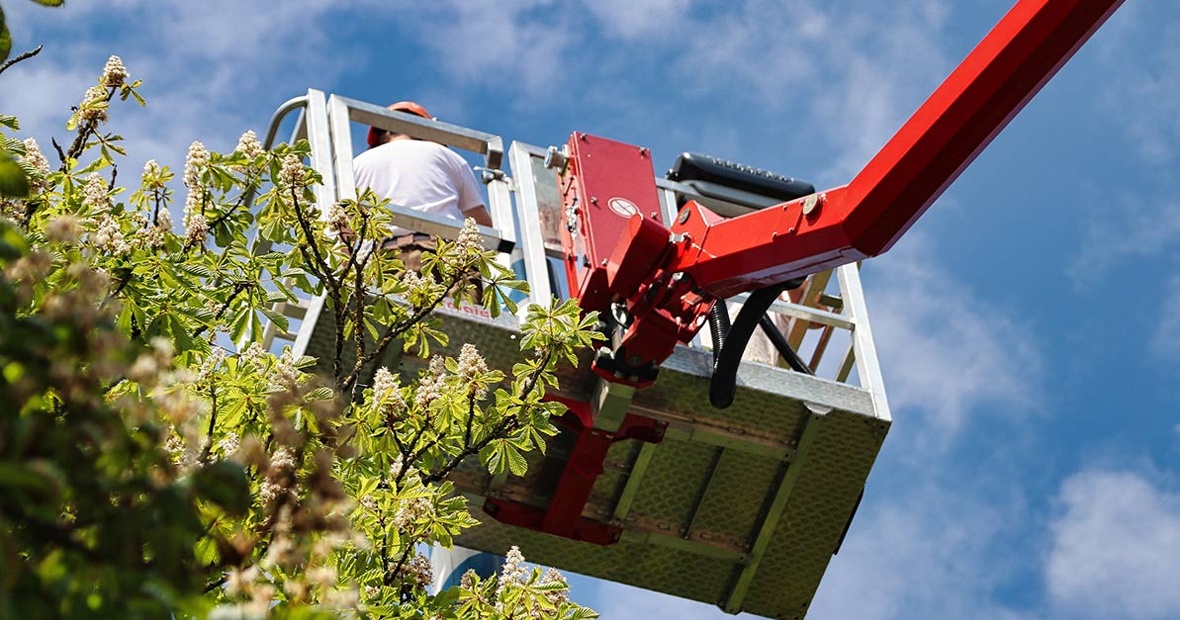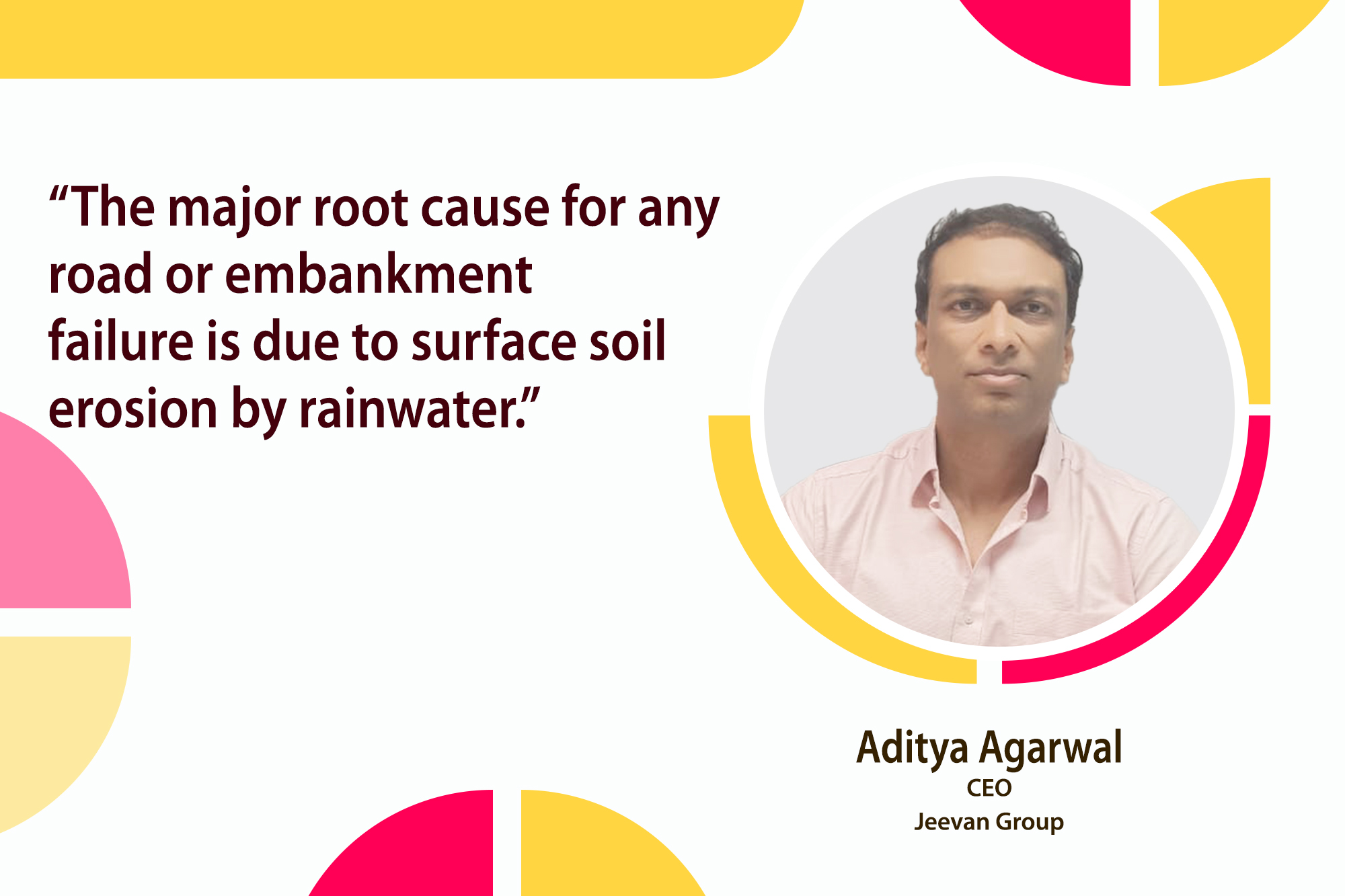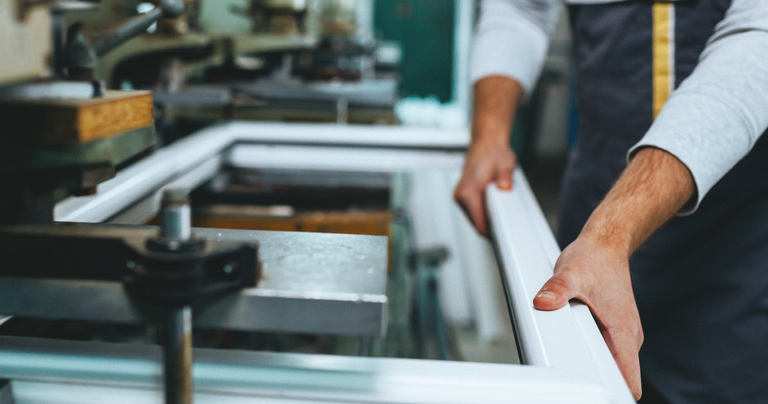PURCHASE CHECKLIST FOR ACCESS EQUIPMENT
By Edit Team | July 9, 2021 12:09 pm SHARE

With the right safety regulations in place and bringing in awareness among users can drive the growth of access equipment in India. Access equipment industry stakeholders explore the way forward.
Access equipment are becoming crucial today in the infrastructure construction and maintenance applications. With projects becoming bigger and taller, the need for working at heights using safer means has become imperative. Various mobile elevated work platforms and other access equipment bring in safety, productivity, efficiency and reliability, compared to other conventional means of operations.
The major applications of access equipment vary from construction and maintenance of infrastructure projects such as bridges, elevated metro projects, factories, airports, commercial buildings and towers to industrial and engineering projects.
Why access equipment
Access equipment are used in applications where there is a need to access heights and are used to carry workers to perform various jobs at height. Since a living being is being worked at height, it is imperative to use safer means for this. Here comes the importance of access equipment like aerial work platforms and suspended platforms that play a vital role of safety.
Using access equipment like MEWPs provide the highest standard of safety at jobsite, easy accessibility in tight space, saves huge amount of time, saves lots of spaces as compared to scaffolding, and saves time and money. Due to advanced safety features, AWPs and access equipment provide increased efficiency and productivity at work sites.
From a safety perspective, the advantages of access equipment are: secured and stable platform, free to work with both hands, less fatigue and emergency lowering. AWPs provide productivity by means of time saving, easy to complete the job, and cost-effective as a package for doing a job.
How to choose the right equipment
In India, a major chunk of access equipment business happens through rentals. While renting access equipment, one needs to check the quality of equipment, timely service support, parts availability, and choosing correct equipment as per the application.
According to Vishnu S Reddy, Sr. Regional Manager, JLG Industries India Pvt Ltd, the right AWP needs to be chosen based on: height – working height/platform height; work area/site conditions; width of the pathway/turning radius; obstruction at the work area; outreach; up and over height; and the number of people on the platform and weight capacity.
Challenging market
After the first wave of the Covid pandemic playing spoilsport for almost a year, the industry was on the recovery path with construction and maintenance activities back on track. But the second wave has again put a brake on the scope of revival. This has also impacted access equipment market.
Ketan Patel, Vice President, Aerial Platform Association of India (APAOI), says,“The impact of Covid pandemic was very bad last year. As per my understanding, there was no revenue generation during the lockdown last year but at the same time, there were fixed costs like manpower costs, interests, depreciations etc. This resulted in a big way to the rental companies for whom cash flow is very important. We were getting out of this and again the second wave hit us. This threw us on an average of about three months behind again. All this contributed to hesitation of increase the rental fleet by the rental companies.”
As rental plays a major chunk of the AWP business currently, it is important to revive the rental market in the coming days. According to Satin Sachdeva, Founder & Secretary General, Construction Equipment Rental Association (CERA), AWPs have really picked up with a good penetration in rentals. The rental penetration for AWP is more than 50 per cent which is whopping when the other sectors are still struggling with only 25 to 30 percent of rental penetration in India. But if we compare it again with the UK or US market, the rental penetration still has a long way to go.
Promoting productive equipment
As structures going taller and complex, use of traditional methods to access height is becoming increasingly fatal. Some contractors still use conventional means for maintenance works on tall buildings and structures which is dangerous to life. However, the trend is slowly improving according to Vishnu. “We believe in last decade the use of AWP has become double and major project sites and many factories have started making mandatory use of AWP for working at heights due to safety and productivity reasons. ”According to him, this has happened due to all industry stakeholders continued to educate the customers, end users, safety managers, project managers, and shopfloor maintenance personnel about how using AWP can solve their issue of workingat height in a more productive way than conventional maintenance methodologies. “To further improve usage of AWP, we need to drive continuously from all stakeholders – all AWP manufacturers, rental companies, safety bodies, and AWP rental associations,” adds Vishnu.
India has emerged as a major market in infrastructure development activities, but the use of technologically advanced access equipment is still very low compared to other similar markets.
“In my opinion, there are three main reasons for this:one is related tostatutory legislation, rules, policy etc.;the second is related to affordability of the equipment; and the thirdadaptation of safety practices,” says Ketan.
Shantwan Saxena, Head – Sales & Design, Appletree Building Maintenance Pvt Ltd, says, “It’s very sad that people are still not aware of the safety concerns and put life at risk while accessing heights for work. It’s largely because of lack of awareness about the availability of the right equipment in the market and secondly a mental block that the equipment would be costly but one should understand that the life is precious.”
Customer awareness is the major factor that will drive the growth of access equipment use.The human life is the most precious resource and thus using access equipment will ensure safety of workers. Ensuring safety will automatically drive productivity of workers which leads to profitability. On these lines, awareness at the project and user level is needed. Also, case studies from other markets and experiencing the concept first hand will create more awareness about the advantages of using access equipment.
According to Satin, the major shift needed is towards new equipment with the right technology and combination and the right alignment of applications.
Maintenance of complex structures
The commercial building infrastructure has seen some key design innovations and complex structural changes in the recent past. Regular maintenance of these buildings is very important. There are many tall buildings in the country with glass façades. The conventional and old access systems will not work here as we need suitable safer equipment for an efficient and productive maintenance job to be done.
Shantwan says, “In case of taller buildings, it is recommended to use motorised façade cleaning equipment like twin-track mounted BMU either on RCC parapet or roof slab with slewing jib or a telescopic jib BMU as per project requirement provided the civil structure should undertake the design loads of the façade cleaning system.”
According to him, as the building height goes above 100 m, drum winch should be considered in the BMU instead of traction hoist in the cradle to make the suspension
load lighter. He also suggests that the provision of glass replacement unit should be considered in the BMU itself since it will be a hurricane job to replace the glass at such height if no provision of glass replacement is considered.
Safety awareness and need for legislation.
In developed markets, there are strict legislations on using specific access equipment for working at heights. Vishnu says, “Compared to other global markets like USA, EU, Singapore, Japan, Korea, China, and Australia, we do not have any specific government laws which mandate the use of aerial work platform for working at height which restricts many industrial projects still using primitive methodology for working at height. The current act leaves the responsibility to the user up to themselves to choose a suitable means of access for working at height. A strong regulatory law towards mandatory usage of AWP for working at height and restrict age of used machine imports may improve the overall AWP usage multifold.”
Ketan is of the view, “Looking back, I would say that there have been some improvements on this front. However, we have a long way to go.” According to him, the following measures need to be considered: Hassle-free interstate movement of the machines without RTO trouble; Initiate and maximise the practice of dry lease; Operator training in case of dry and wet lease both; Timely payment from customers; and Standardisation of T&C for billing across India. The current major challenges faced include scarcity of well-trained operators, increasing cost of doing business, and Covid-19.
According to Vishnu, the most of modern aerial work platforms come with inbuilt or optional kits of unique safety features in the brand-new equipment as industry globally has focused heavily on enhancement of operator safety.
Shantwan says, “Safety is the top-most consideration which needs to be factored in while designing because it’s a man carrying equipment, where we work on zero percent tolerance.”
There are various safety features required in the access equipment. Shantwan elaborates on safety features in suspended platforms, “The load limiter ensures that more than safe working load cannot be carried, safety tilt lock won’t let the cradle tilt while suspended through safety wires, ultimate top limit switch protects the cradle going above the striker plate, bottom trip bar prevents the cradle from going down in case of any obstruction below, emergency mushroom button to immediately turn off the operation, and various limits switches and sensors which are all integrated through PLC.There are many more safety features which are incorporated in the access equipment for the safe working of the system which are required as per EN 1808-2015 standards.”
The way forward
Compared to developed markets globally, India is way behind in adopting technologically advanced access equipment at project sites. When we look at the kind of infrastructure development happening in the country, there is a wider scope for access equipment that offer advanced solutions and safety features. Ketan says, “I believe there’s a lot of opportunities and bright future for AWPs in India. I would like to quote a global AWP industry professional who has been associated with Indian market as well, once mentioned that ‘India is at the tipping point’.”
It is a fact that the use of access equipment needs to be scaled up. But what are the measures needed for the access equipment market in India to surge ahead in the coming years? Ketan says, “I would say the first policy measure needed is to make it mandatory to use an MEWP for any job above 6 m. Also needed is creating safety awareness among users and refraining from shortcuts to meeting safety standards.”
From the rental perspective, Satin says, “We need to have a periodic health check-up of machines at regular intervals of once in 2-3 months, especially in the case of dry lease.”
Looking forward to the market outlook, Sachdeva adds, “We need to have the right penetration and standardisation of products and practices going forward. Also, adoption of technology and good skilling practices are important. We are evolving but need to pick up in the right pace and mindset to match the global level.
Currently the access equipment market in India is very small compared to the developed markets like the US, China and even Singapore. We need the safety regulation for working at heights. We need to do something to expand the market and provide demand generation which will help the market grow in future.
Quotes:
“A strong regulatory law towards mandatory use of AWPs for working at height and restrict the age of imported used machines may improve the overall AWP usage multifold.” – Vishnu S Reddy, Sr. Regional Manager, JLG Industries India Pvt Ltd
—
“There are some improvements on safety and awareness front, however, there is a long way to go.” – Ketan Patel, Vice President, Aerial Platform Association of India (APAOI)
—
“We need to have the right penetration and standardisation of products and practices going forward.” – Satin Sachdeva, Founder & Secretary General, Construction Equipment Rental Association (CERA)
—
“Safety is the top-most consideration which needs to be factored in while designing because it’s a man carrying equipment, where we work on zero percent tolerance.” – Shantwan Saxena, Head – Design & Sales, Appletree Building Maintenance Pvt Ltd
Cookie Consent
We use cookies to personalize your experience. By continuing to visit this website you agree to our Terms & Conditions, Privacy Policy and Cookie Policy.




































-20240213125207.png)

























